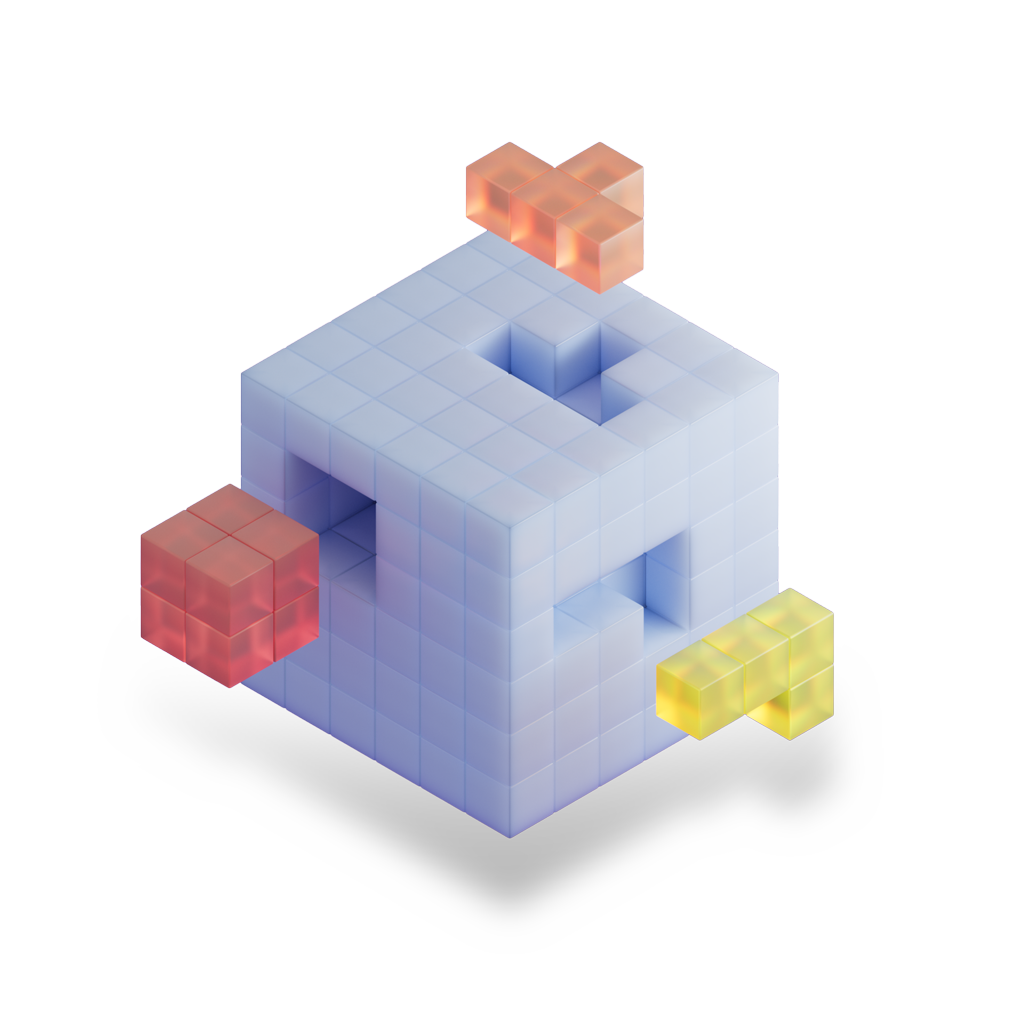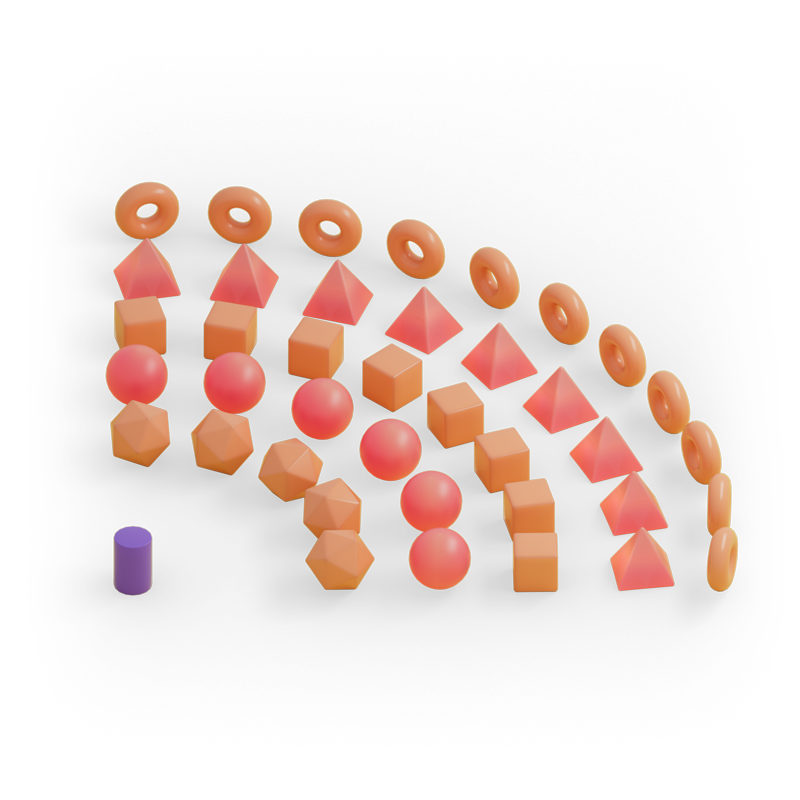
Since generative AI catapulted into the mainstream at the end of 2022, most of us have gained a basic understanding of the technology and how it uses natural language to help us interact more easily with computers. Some of us can even throw around buzzwords like “prompts” and “machine learning” over coffee with friends. (If you’re not there yet, you can start with this introductory piece: 10 AI terms everyone should know.) But as AI continues to evolve, so does its lexicon. Do you know the difference between large and small language models? Or what the “GPT” stands for in ChatGPT? Or what a RAG has to do with cleaning up fabrications? We’re here to help with a next-level breakdown of AI terms to get you up to speed.

Reasoning/planning

Training/inference

SLM/small language model

Grounding

Retrieval Augmented Generation (RAG)

Orchestration

Memory

Transformer models and diffusion models

Frontier models

GPU

Images for this story were created by Makeshift Studios. Story published on May 13, 2024.

